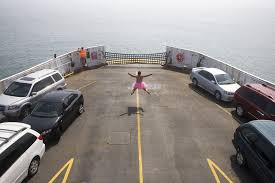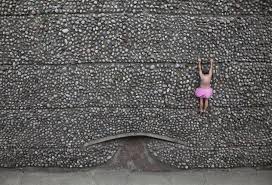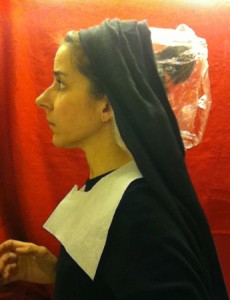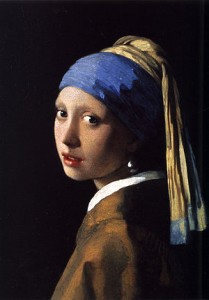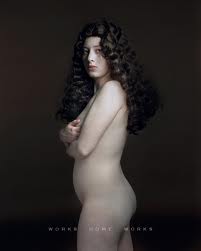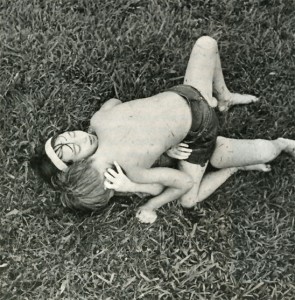If you give each of 5 different artists the exact same object to use in her/his work, you are guaranteed to get 5 different results. I've always been interested in this idea. Take for example, band-aids. I recently saw this picture by Eric Klemm, which used a lot of band-aids:

What I see in this picture is vulnerability, sadness, a fierce barrier that has been put up between the world and this child. The fact that the application of the band-aids was so deliberate and purposeful makes it the antithesis of playful. They work as a defense against some unseen threat, and imply impending injury of some kind to me.
Compare the use of the band-aids in that photo to one that I took, which is from the "Shadowing the Gene Pool" series:
In this picture, the band-aids serve quite a different purpose. Rather than being a barrier, they are used almost like tattoos, markers of power and strength. The body English of the little girl adds to that effect. They say, "Yes, I am vulnerable, but that's irrelevant."
I'm sure if I searched the Web for "children with band-aids" I would find countless pictures which would use the band-aids to express different things. That's why no photographer should ever shy away from photographing anything. It's not WHAT you photograph, it's HOW you photograph it that will make it fresh and exciting- or not.


